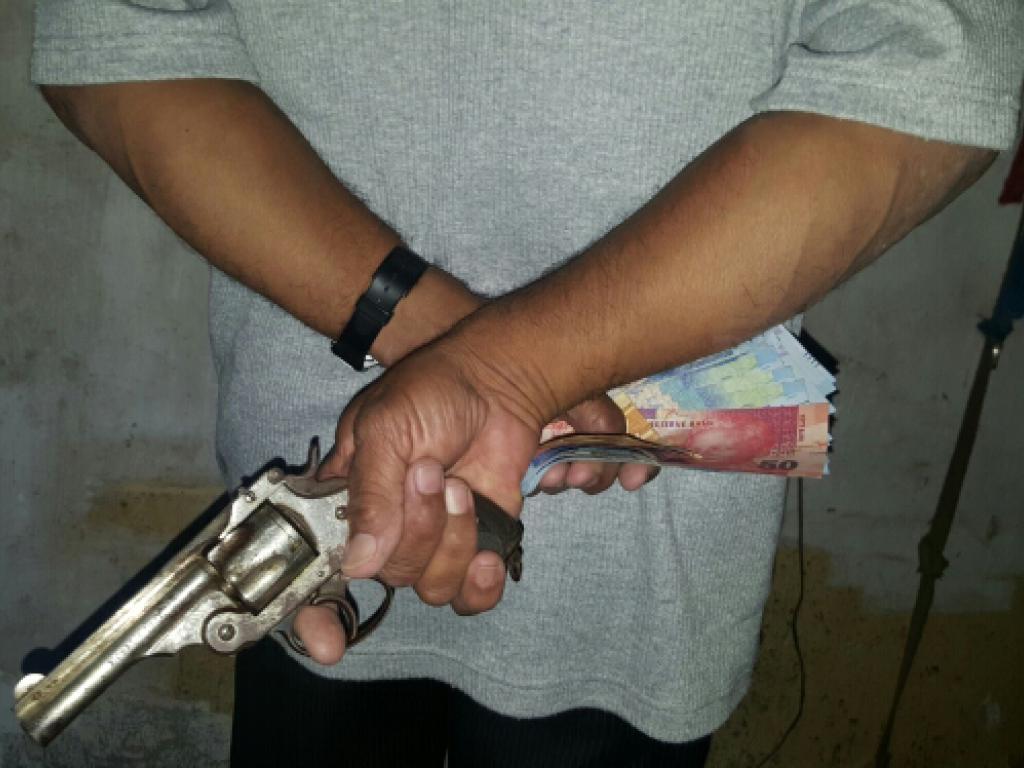Life and death as a gang hitman in Cape Town

Contract killings are underexplored in criminology, not only in South Africa but generally. The Centre for Criminology has been engaged in a project over some months to review the number and nature of cases of contract killing in South Africa. This work is on-going. As a part of this analysis, an article written by Professor Mark Shaw and Luke Lee Skywalker, has been accepted for publication in a prestigious international publication, The Howard Journal of Crime and Justice. Their article focuses specifically on the life stories and experiences of self-confessed ‘hitmen’ – often referred to as hammermen – linked to the gangs in and around Cape Town.

What makes the article significant is that few researchers have managed to conducted extensive interviews with individuals who have been involved in the contract killing business. The practical and ethical challenges of doing so have generally meant that the work that has been published is based on secondary reports or single cases. Nevertheless, a growing academic and policy literature has now examined the issue of contract killing, although often from perusing law enforcement files; this is largely in the United Kingdom, the United States and Australia. These studies have suggested a higher degree of prevalence of the phenomenon of contract killing then than had previously been thought.
There have been few detailed studies on hitmen emerging from developing countries, although important recent work has now taken place in Brazil and Mexico linked to the nature of organised crime. Killing for hire and the linkage to organised crime in these contexts is generally closely associated to violence around drug markets in large cities or trafficking transit zones. No such work has been conducted in South Africa. Yet, research in this area remains essential if we are to understand the socialisation and criminal careers of contract killers in our own country. One general hypothesis is that contracted or gang-linked hitmen are much more likely to be used in a context where gangs have consolidated: targeted killings are a more effective strategy to defend turf and interests then open warfare between often fragmented and disorganised gangs.
The article is based on seven interviews with gang linked contract killers and two gang bosses who explained the broader context in which such individuals’ expertise may be drawn upon. The results of the interviews were revealing and unexpected. Much of the international literature has sketched a set of stereotypical conclusions around the expertise and professionalism of contract killers. The findings from the Cape Town study suggested that these contract killers were in fact themselves highly vulnerable, dependent on gang bosses in multiple ways, and prone to being killed themselves.
Our hitmen (and one woman) talked openly about their experiences, the first occasions when they had been drawn into violent crime, and their own often conflicted feelings on the subject. Prison itself remains an important recruiting ground for hitmen, with many of the first experiences of conducting hits taking place behind bars. Several had themselves experienced considerable levels of violence in their own upbringing. Being paid for violence was in comparison to other gang tasks a relatively lucrative profession, although it generally disallowed a free association with other gang members. Those who killed on orders have to stand away from the rest of the members and are not trusted by them.
Hammermen central to gang warfare
Hitmen in particular play an important role in ‘warfare’ between gangs, most specifically in relation to conflict around drug turf. The use of violence was also common in relation to extortion rackets. In the complex mythology of the gangs, assassinations are seen as “restoring the balance” between the gangs and providing retribution for those who are perceived to have acted against gang interests or gang mythology – although the latter is now seen as distorted by the volume of money that drives violence in the drug market. In almost all cases hitmen undergo a complex socialisation, a set of tests and training. This process is remarkably similar in other places where gangs are active in illegal drug economies, most notably in Central America.
An important conclusion of the interviews relates to their contribution to the global discussion on the topic. The international literature on contract killing has generally sought to identify a series of typologies of contract killers, with this focussed mainly around their level of professionalism. The interviews and life stories of those involved suggests that this is far too one-dimensional an approach to understanding the development of complex criminal careers. While some gang hitmen do display a degree of professionalism, for the most part these individuals occupy a complex space within gang culture, often separate from other gang members who fear them, and closely linked to the whims of the bosses with whom they are associated. Stereotypical conceptions of their backgrounds and occupation do little justice to their violent lives, which are often cut short.